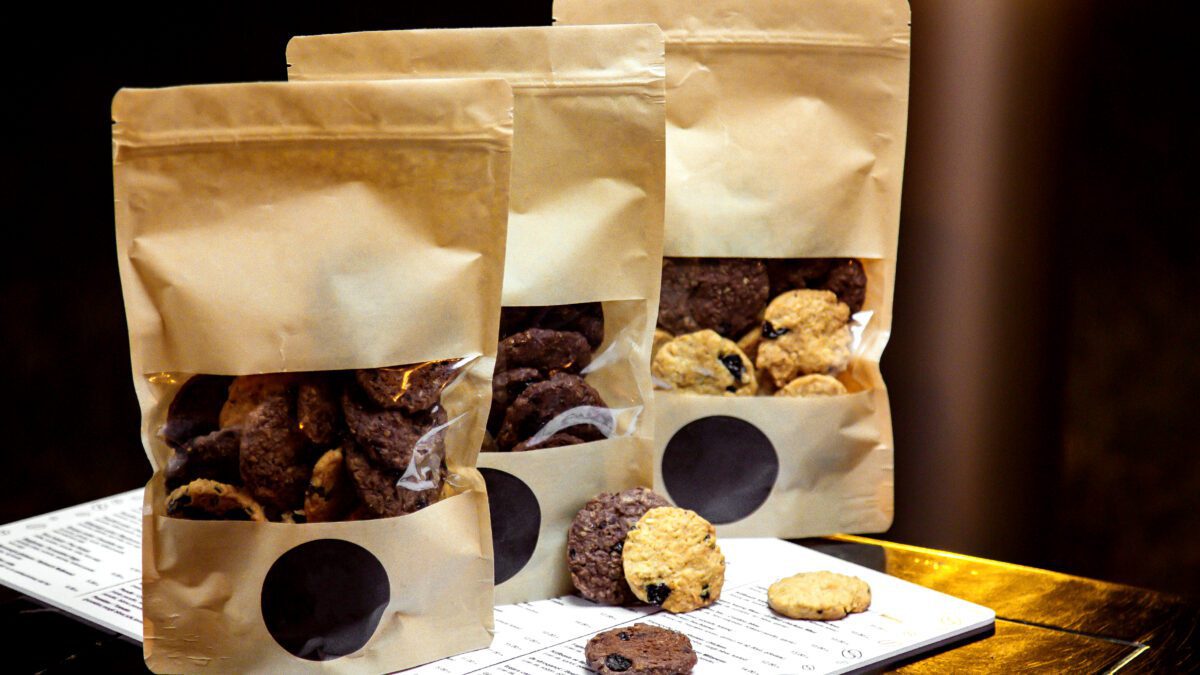In the competitive retail world, packaging forms one of the largest roles to catch the customers’ attention and influence all forces toward buying a product. This study investigates the universe of strong and distinctive packaging of the product, resulting in powerful strategies that go beyond the functional. From persuasive aesthetics to sustainable design, these strategies will strive hard to harness shelf impact and create a lasting impression in the mind of the consumer.
- Unique Brand Identity:
Developing a unique model identity by means of the package is a fundamental methodology. Subtle repetition of brand colours, logos, and visual elements will condition customers to identify and connect your product with your brand. A successful brand identity influences trust and loyalty and allows your product to leap from the shelves in a crowded marketplace.
- Bold and Vibrant Visuals
The power of bold and bright graphics cannot be overstated. Attractive colors, striking images, and engaging pictures attract the attention of the buyer like a magnet, making your product stand out easily on the shelf. This tactic proves particularly effective in categories where products vie for customer attention through sheer visual appeal.
- Minimalist Category:
Contrary to this, minimalist packaging is all about simplicity and elegance. Simplified designs with clear lines and enough white space indicate a mark of premium quality. Minimalist packaging can bring strong visual impact through focusing on key elements and cutting visual clutter.
- Innovative Structural Design:
Innovation in structural design provides a tangible characteristic to packaging. Unusual shapes, interactive choices, or unique methods to open have interaction clients and create a memorable expertise. Progressive buildings not solely seize consideration but in addition contribute to the general model narrative.
- Sustainable and Eco-Pleasant Options:
In terms of rapid growth related to ecological considerations in this day and age, sustainable and eco-friendly packaging proves to be a good strategy. The introduction of or increased use of recyclable materials, reduction of excess packaging, and the likes of environmentally friendly printing operations add to a positive brand image and goes down well with environmental-friendly buyers.
- Interactive Packaging:
Interactive packaging urges customers to interact with the product beyond the basic function it serves. QR codes, augmented reality, or interactive elements on the packaging can offer further information, entertainment value, and sometimes even a value-propelling personalized experience.
- Storytelling Through Design:
Packaging becomes a means of telling a story, that of the model and its product journey. Includes narrative elements like origin stories, brand values, or product creation, which sets up an emotional linkage with the consumer. Story-driven design brings tenor and credibility to the product.
- Limited Edition and Seasonal Variations
Rendering in limited edition or seasonal packaging variants creates that urgency and helps them become exclusive. Consumers are attracted to the unique identity of those options, and changing the designs for the better will keep the product current and exciting for a repeat purchase.
- Multi-Sensory Appeal:
Stimulating more than one sense enhances the overall impact of packaging. Consider adding tactile or scented inks and embossed textures that echo your product theme. Combine for a lasting or engaging with the purchaser.
- Consistency Across Product Lines
Sustaining consistency through product lines adds to a coherent brand image. Although individual products under this range of products differ from each other, a coherent design language places them together along the shelf. Consistency breeds brand recognition and supports the brand’s visual identity.
Conclusion:
A rich and coherent product package design is a strategic imperative today in competitive retail environments. These strategies simply range from unique model identity to multi-sensory appeal and are designed to heighten shelf influence and leave an insistent impression on customers. As brands barrel through the art and science of packaging design, let these strategies inspire towards the making of packaging that serves more than product protection.



Stay connected